In the silent darkness between stars, where temperatures hover near absolute zero and molecules form at a glacial pace, an extraordinary asymmetry may have taken root. Recent breakthroughs in astrochemistry and particle physics suggest that the very building blocks of life – organic molecules – could have acquired their inherent handedness through interactions with polarized starlight during the dawn of molecular complexity in space.
This revelation challenges long-held assumptions about how biomolecular homochirality emerged. The universe, it appears, may have been subtly biased from the beginning. Laboratory experiments now demonstrate that certain chiral molecules form more readily under specific polarized light conditions, mirroring the circularly polarized radiation known to permeate star-forming regions.
The Light That Twists Molecules
Deep within the Orion Molecular Cloud Complex, astronomers have detected regions where young stars bathe surrounding gas in intense circularly polarized light. These celestial lighthouses emit radiation that spirals either clockwise or counterclockwise as it travels through space. When such polarized light interacts with precursor molecules floating in interstellar space, it can preferentially break chemical bonds in a way that favors one molecular orientation over its mirror image.
Quantum mechanical models show that the electric field of circularly polarized light follows a corkscrew path, creating a torque that can influence the formation of chiral molecules. This photochemical filtering process, occurring over millions of years in molecular clouds, could have established an initial imbalance that was later amplified in planetary environments.
Fossils of Cosmic Chemistry
Meteorites that have fallen to Earth contain amino acids with a slight excess of left-handed molecules – the same orientation used by life. These space rocks preserve chemical signatures dating back to the solar system's formation, providing tangible evidence that chiral bias existed before life began. The Murchison meteorite, which landed in Australia in 1969, shows L-amino acid excesses of up to 15% in some compounds.
Laboratory simulations of interstellar ice chemistry demonstrate that exposing simple ices to circularly polarized ultraviolet light can produce similar enantiomeric excesses. When mixtures of water, methanol and ammonia – common components of interstellar ices – are subjected to these conditions, they form chiral sugars and amino acids with measurable preferences for one handedness.
The Amplification Mystery
While cosmic polarization can create small imbalances, the leap to life's nearly exclusive use of one molecular form remains puzzling. Scientists are investigating how initial tiny excesses could have been magnified through processes like crystal growth, polymerization, and autocatalytic reactions. Some propose that once a critical threshold was reached, a "chiral catastrophe" occurred where one form completely dominated through self-reinforcing chemical networks.
Remarkably, the same physical principles that may have biased molecules in space could have continued operating on early Earth. Weathering of minerals, tidal pool concentration mechanisms, and adsorption onto chiral crystal surfaces all represent potential amplifiers of the original cosmic signal. The universe's preference, imprinted in starlight and frozen into cometary ices, may have found its ultimate expression in the chemistry of life.
Looking for Universal Patterns
If this hypothesis holds, we might expect to find consistent chiral preferences wherever life emerges in the cosmos. Future missions to analyze organic molecules on Europa's surface or in Enceladus's plumes could provide crucial tests. Detection of L-amino acid excesses on other worlds would strengthen the case for a universal chiral bias originating in interstellar space.
Meanwhile, astronomers continue mapping polarized light distributions across star-forming regions. The degree of polarization, its handedness, and correlation with molecular cloud chemistry all factor into calculating how strongly cosmic light could have influenced life's molecular foundations. Some researchers speculate that local variations might even explain why certain meteorites show different enantiomeric excesses.
As instruments grow more sensitive, we're beginning to see how the universe's largest-scale phenomena – the birth of stars and their polarized emissions – may have directly shaped life's smallest structural details. The molecules in our bodies could carry an ancient memory of light that shone billions of years before the Earth formed.

By /Aug 14, 2025
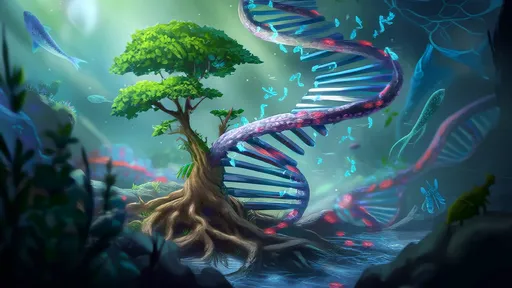
By /Aug 14, 2025

By /Aug 14, 2025
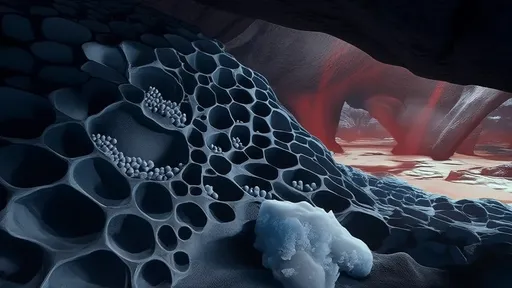
By /Aug 14, 2025

By /Aug 14, 2025
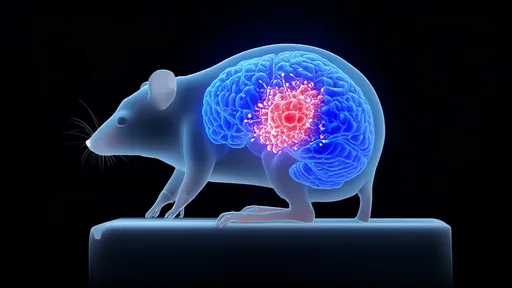
By /Aug 14, 2025
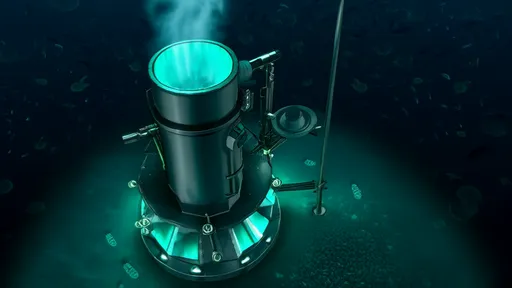
By /Aug 14, 2025
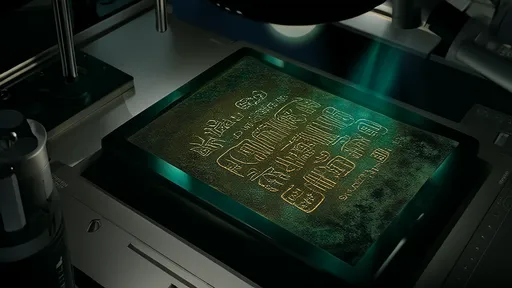
By /Aug 14, 2025
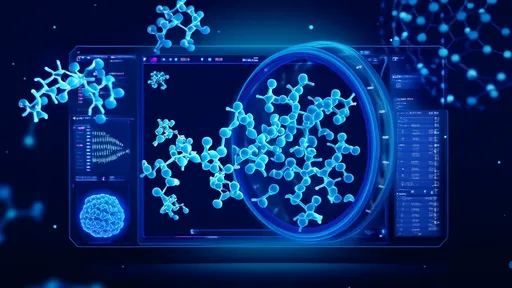
By /Aug 14, 2025
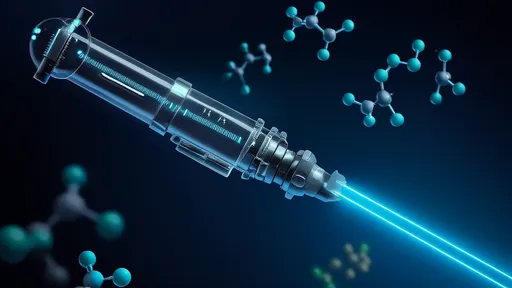
By /Aug 14, 2025
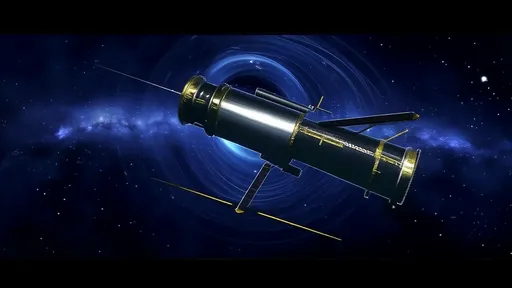
By /Aug 14, 2025
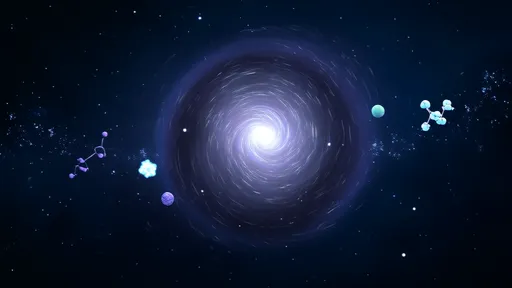
By /Aug 14, 2025

By /Aug 14, 2025
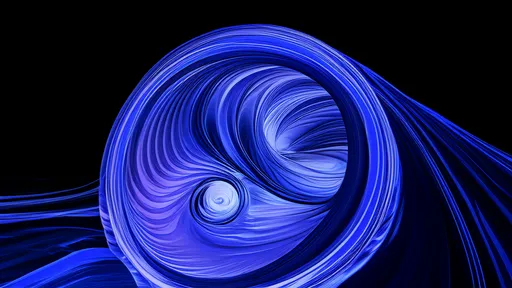
By /Aug 14, 2025
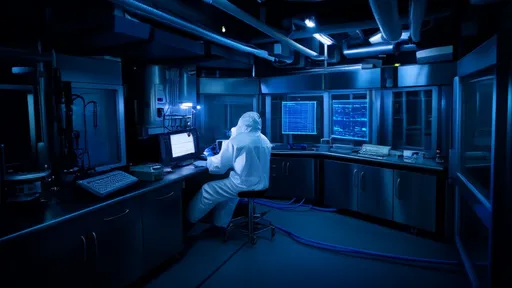
By /Aug 14, 2025

By /Aug 14, 2025
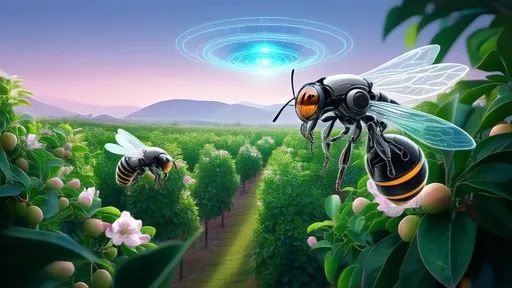
By /Aug 14, 2025

By /Aug 14, 2025

By /Aug 14, 2025
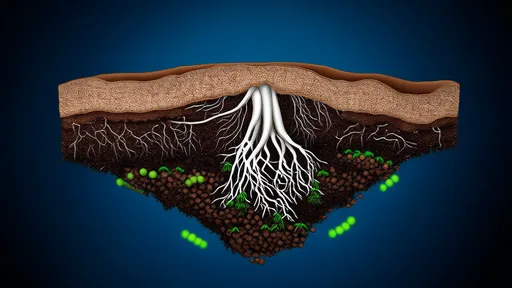
By /Aug 14, 2025